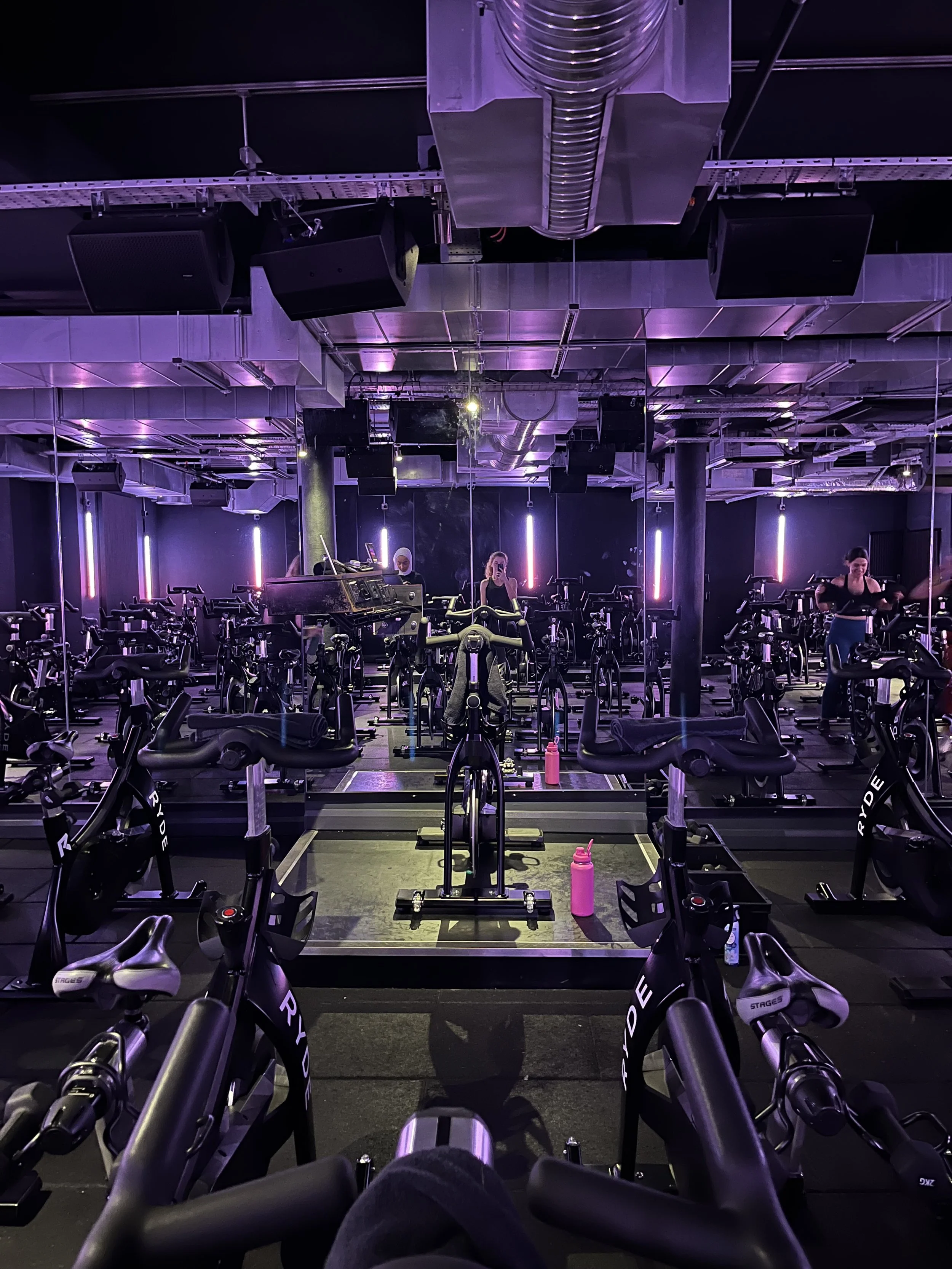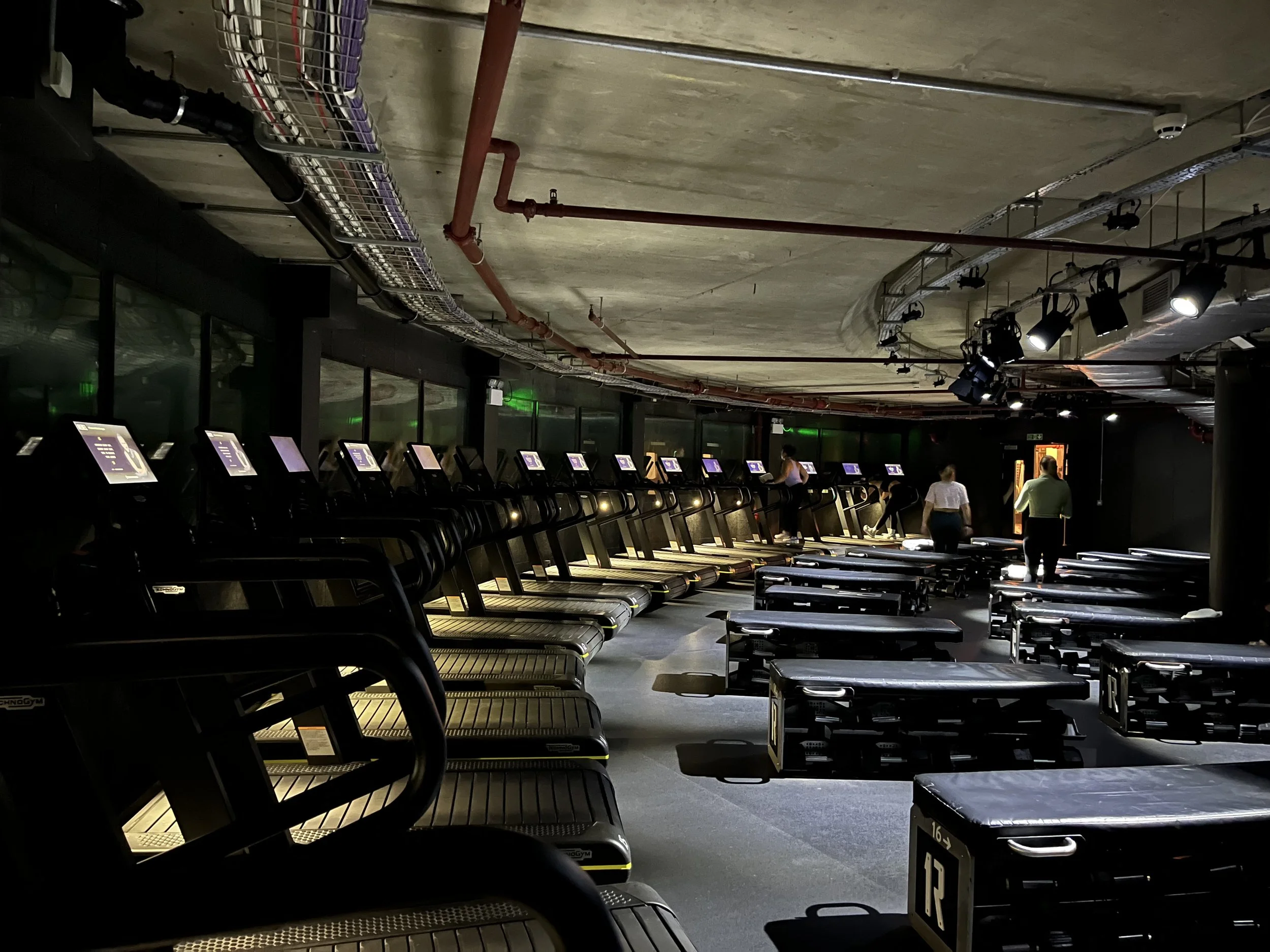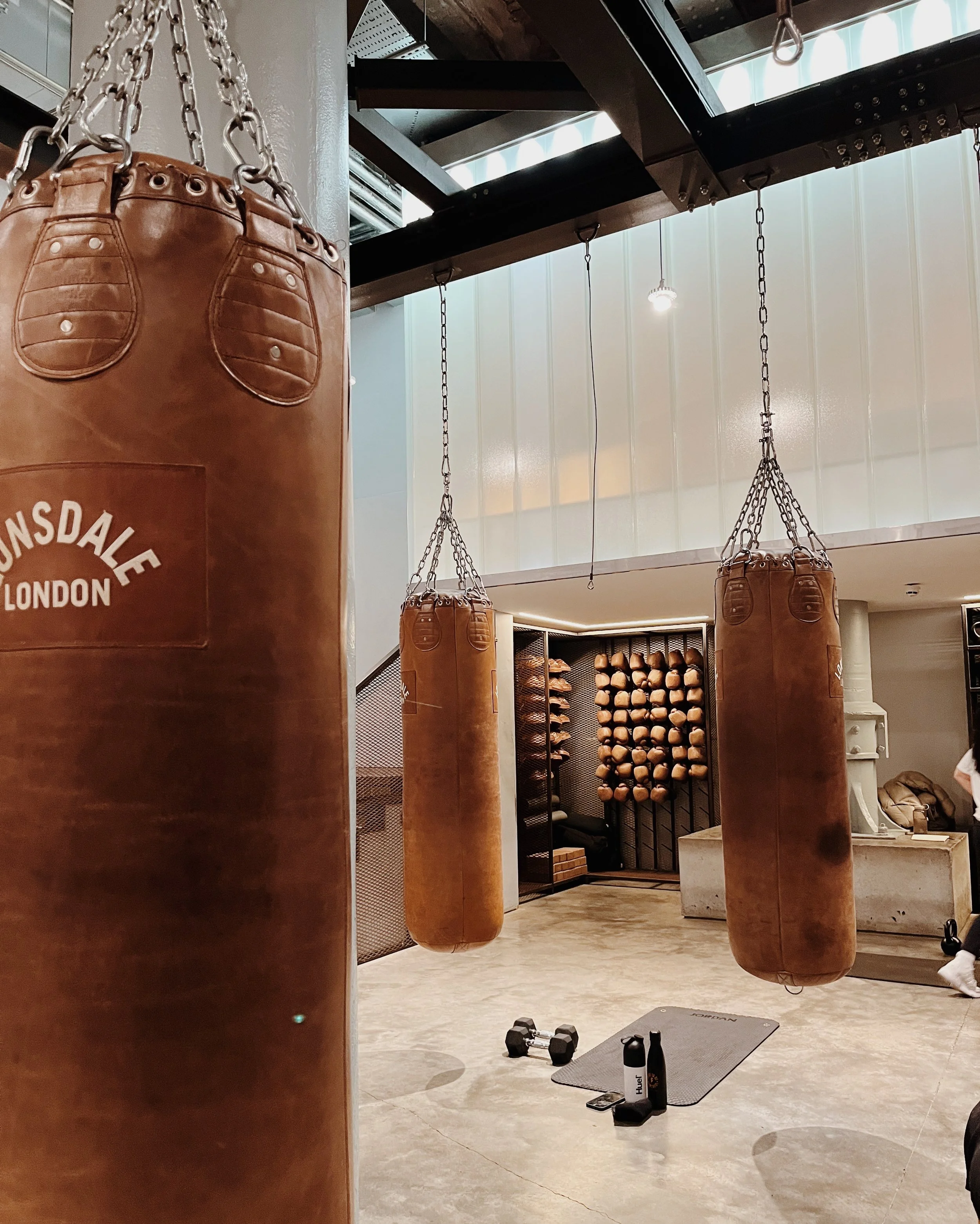3 deadlift variations for beginners - No barbell required
The deadlift is one of the most beneficial strength-training exercises, but it’s a complex one to learn. Here are 3 no-barbell deadlift variations to get you started and build you confidence before moving onto the barbell deadlifts.
3 deadlift variations for beginners - no barbell required
Many beginners are intimidated by barbell exercises, which is completely understandable and actually preferable, as it’s better to start with the dumbbell / kettlebell versions.
Not only you’ll get used to the movement pattern but you’ll also build up the confidence to grab a barbell and know what you’re doing.
These 3 deadlift “regressions” are great if you:
Are relatively new to resistance training or are currently learning how to deadlift.
Are coming back from injury / a long time away from the gym and beginning to exercise again
Are in a jam-packed gym with no barbells available or on holiday with limited equipment.
Dumbbell Romanian deadlift
This one is in my opinion the best to start with as starting upright instead of pulling the weight from the top makes it easier to practice the hip hinge, which is the foundation of every single deadlift variation.
You can also go as far as your range of motion allows, from the knees to the ankles.
Check out my detailed dumbbell Romanian deadlift tutorial and keep these key pointers in mind:
Roll your shoulders back, engage your core and bend over from the hips
The dumbbells stay close to your legs, imagine that you are sliding them down
Look a couple feet in front of you to keep your back, neck and head in a straight line.
Once you have mastered the dumbbell version, you can move onto the barbell Romanian deadlift.
Kettlebell sumo deadlift
This is a great one to work you way up to the barbell sumo deadlift. With an easier grip and more knee flexion (making the movement closer to a squat), it may come more naturally to you.
How to perform this exercise:
Start with a wider foot stance than your shoulders, toes slightly pointing outwards. The kettlebell is about a step in front of you.
Roll your shoulders back and engage your core.
Bend at your hips and knees to lower your body down. Maintain a straight back as you do this. Reach down and grasp the kettlebell handle with both hands using an overhand grip (palms facing you). Your hands should be inside your knees.
To lift the kettlebell, push through your heels, straighten your hips and knees, and stand up while keeping your back straight.
To lower the kettlebell back to the ground, push your hips back first and then bend your knees. Keep your back straight throughout the movement.
Place the kettlebell back on the ground in the starting position.
Find other kettlebell deadlift variations here.
Elevated dumbbell deadlift
This is a great one to get used to the conventional barbell deadlift and even the trap bar deadlift. If you are particularly tall or have limited hamstring mobility, you’ll find this one much easier as elevating the dumbbells will reduce the range of movement and the pulling phase from the ground to the top.
Tall people can also elevate the plates when doing barbell deadlift to conserve good form.
How to perform this exercise:
Start with a dumbbell on each side of your body, on an elevated surface. The height should allow you to reach the dumbbells without rounding your back when performing the movement.
Bend at your hips and knees to lower your body down. Maintain a straight back as you do this. Reach down and grasp the dumbbells with each hands using an overhand grip (palms facing you).
Before lifting the dumbbells, engage your core muscles by bracing your abs. Keep your chest up, your back straight and your shoulders down. This is your starting position.
To lift the dumbbells, push through your heels, straighten your hips and knees, and stand up while keeping your back straight.
Now push your hips back first and then bend your knees. Keep your back straight throughout the movement.
Place the dumbbells back on the elevated surface in the starting position.




